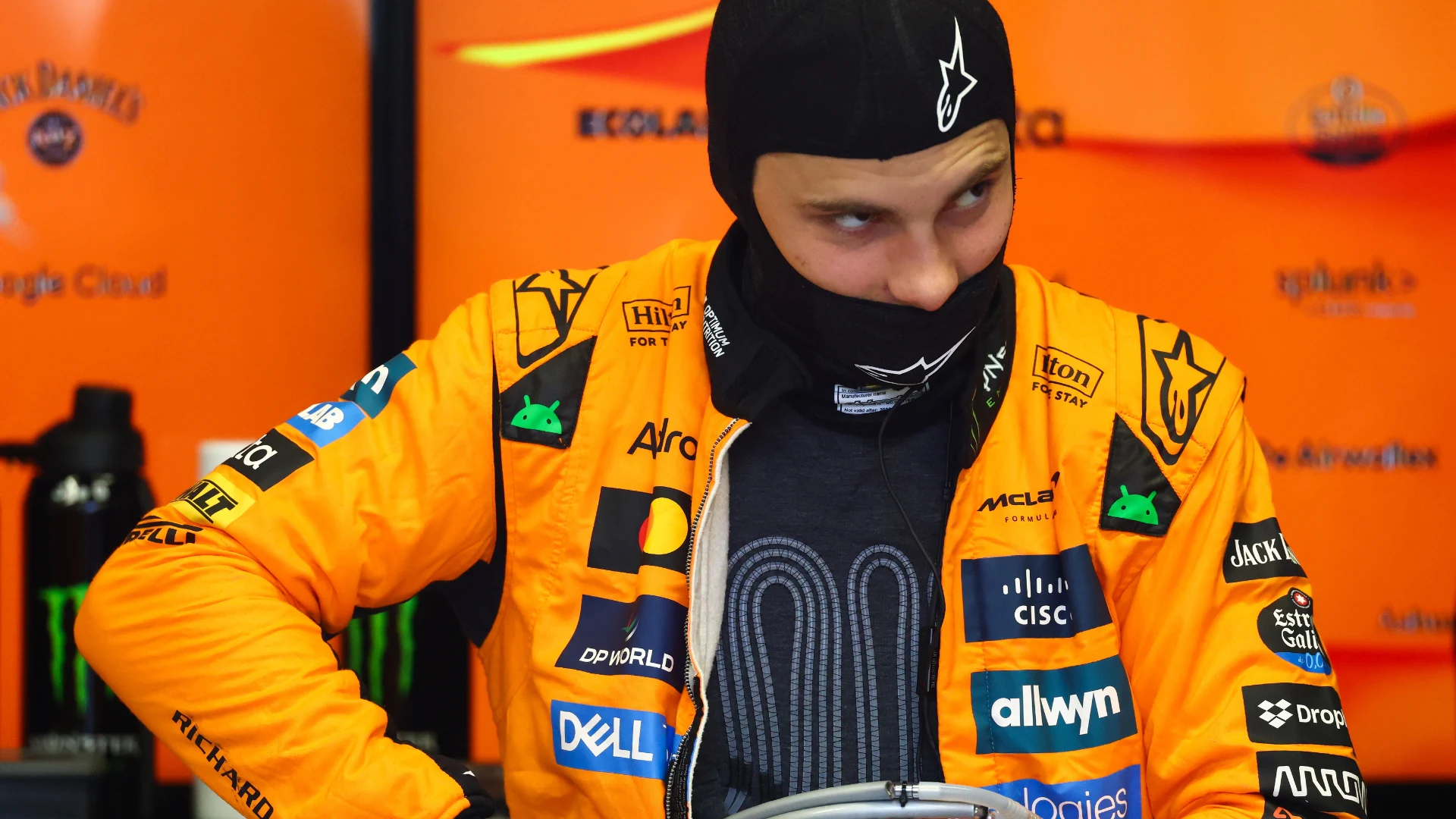A ‘heat hazard’ has been declared by Formula 1’s governing body, the FIA, for this weekend’s Singapore Grand Prix. But what does it mean for the teams and the drivers at the Marina Bay Street Circuit? F1.com explains all…
What is a ‘heat hazard’ declaration?
For some background, following the particularly high temperatures and humidity experienced over the 2023 Qatar Grand Prix weekend, the FIA began an analysis into how similar situations could be managed in the future.
Ahead of the 2025 season getting under way, it was confirmed that a ‘heat hazard’ can be declared if pre-weekend weather forecasts predict temperatures of 31 Celcius or above at some point during a Sprint or Grand Prix.
Teams are notified of the declaration by the FIA, as they have been in Singapore, and subsequently need to fit a ‘Driver Cooling System’.
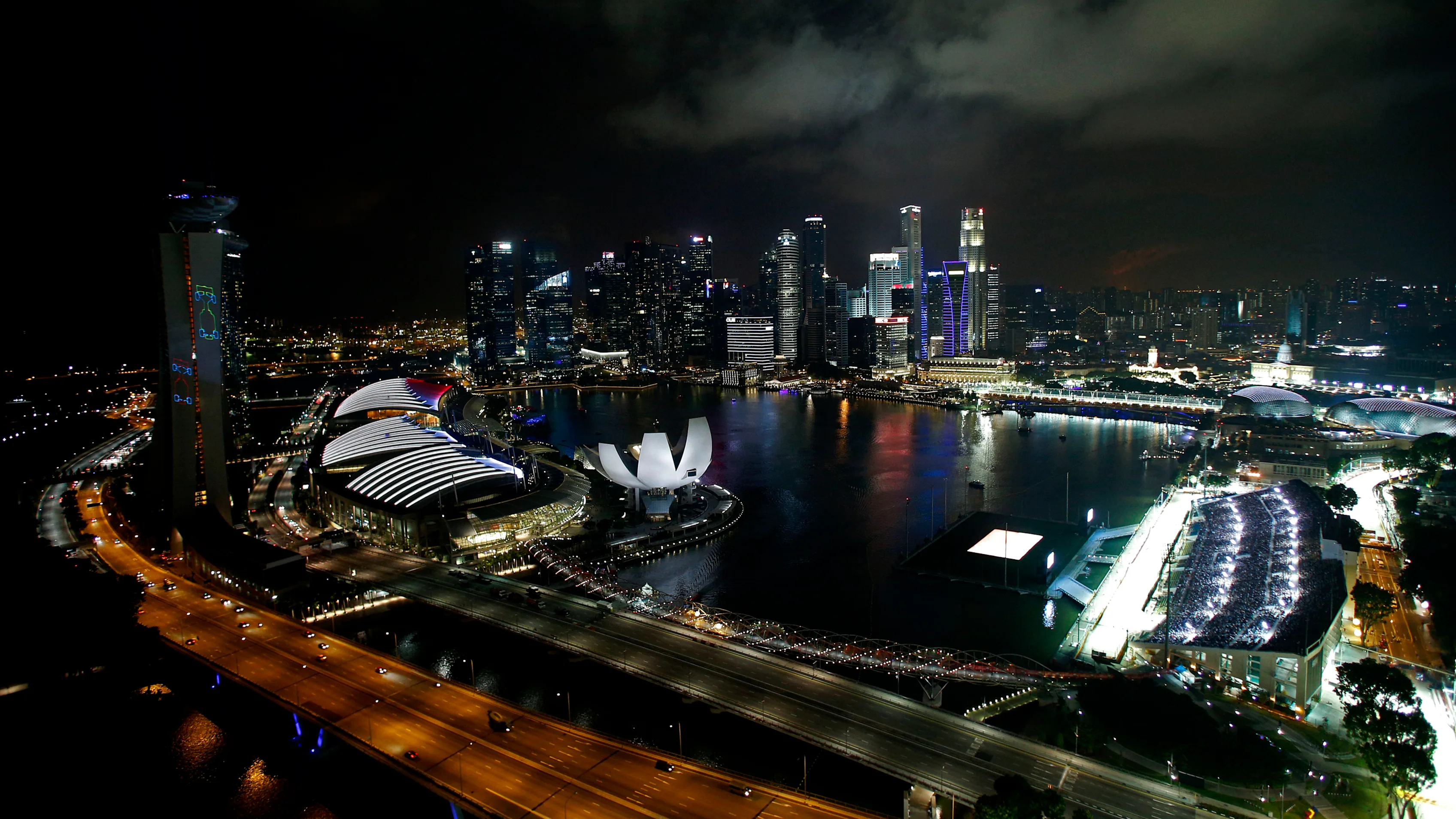
Just how hot will it be in Singapore?
Singapore has made a name for itself as one of the toughest races on the calendar, both physically and mentally, with the demands of driving an F1 car around city streets added to by high temperatures and humidity levels.
All three days of action at the Marina Bay Street Circuit are set to feature air temperatures above 30 Celsius, as well as high humidity, even with Free Practice 2, Qualifying and the Grand Prix taking place well into the evening.
What is the ‘Driver Cooling System’?
In short, this is defined as a system with the “sole purpose” of providing additional cooling for drivers under a ‘Heat Hazard’ scenario.
Several components are involved, including a pump, plumbing and thermal store, with cold fluid generated by the system delivered to the drivers through a special fireproof vest featuring various tubes.
All of the core system components must be fitted to cars this weekend, though drivers are currently permitted to choose whether or not they wear the vest itself as work continues on fine-tuning the design.
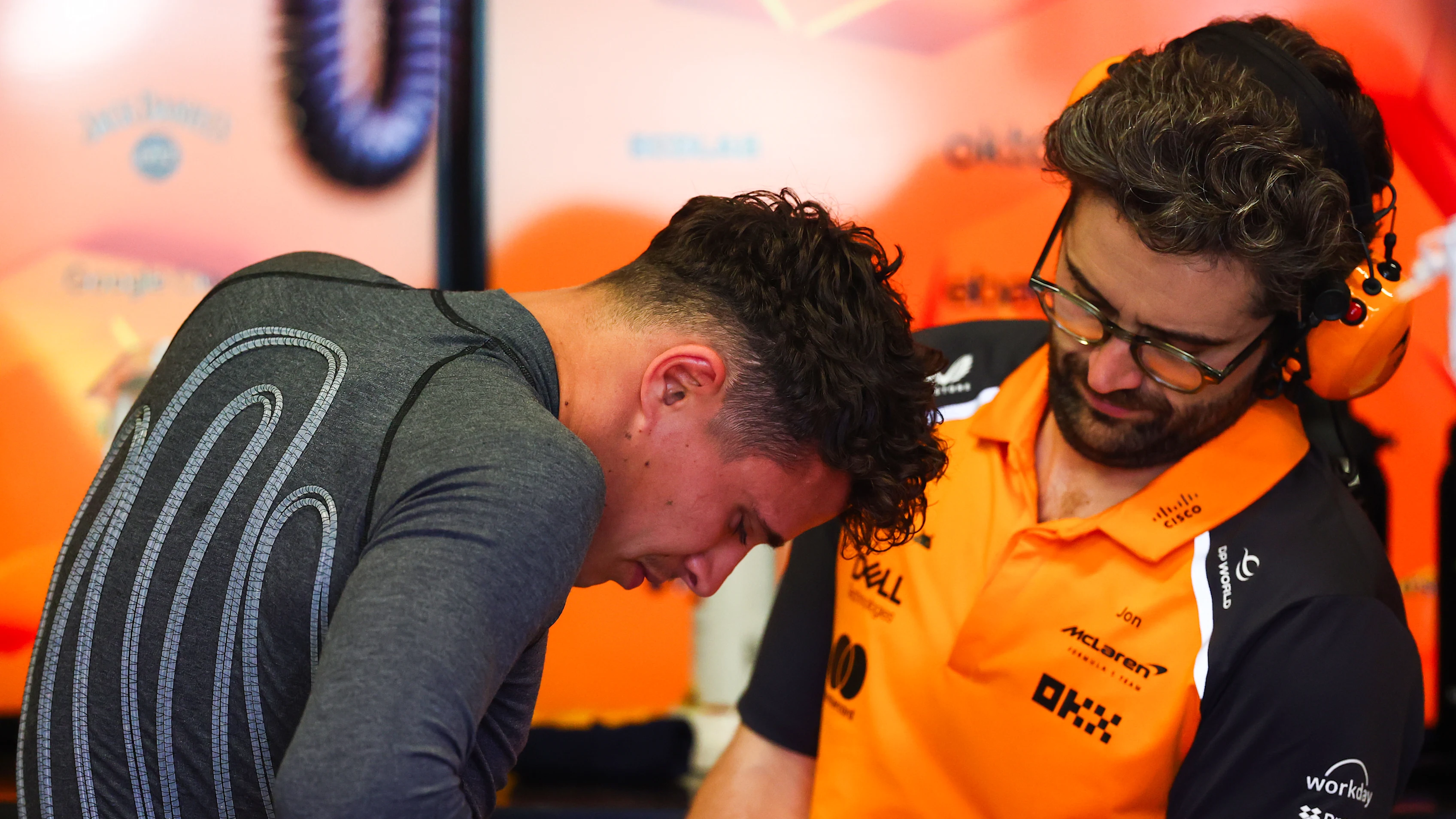
How will it impact the minimum car weight?
Given this extra, mandated equipment, an increase to the standard 800kg minimum car weight limit will come into play, with two different numbers applied: an additional 2kg for practice, Qualifying and Sprint Qualifying sessions, and +5kg for a Sprint or Grand Prix.
The two different limit increases essentially mean that teams can fit the system and its core components without needing to fill it with fluid in Free Practice and Qualifying, given the shorter run nature of these sessions.
“Any driver may elect not to wear any items of personal equipment that form part of the Driver Cooling System,” reads Article 26.19 of the FIA F1 Sporting Regulations. “In such circumstance, all other components, including any cooling medium, of the Driver Cooling System must be fitted.
“In addition, the difference in mass between the driver’s personal equipment normally used and any items of a driver’s personal equipment that form part of the system must be compensated by the fitting of 0.5kg of ballast in the cockpit.”
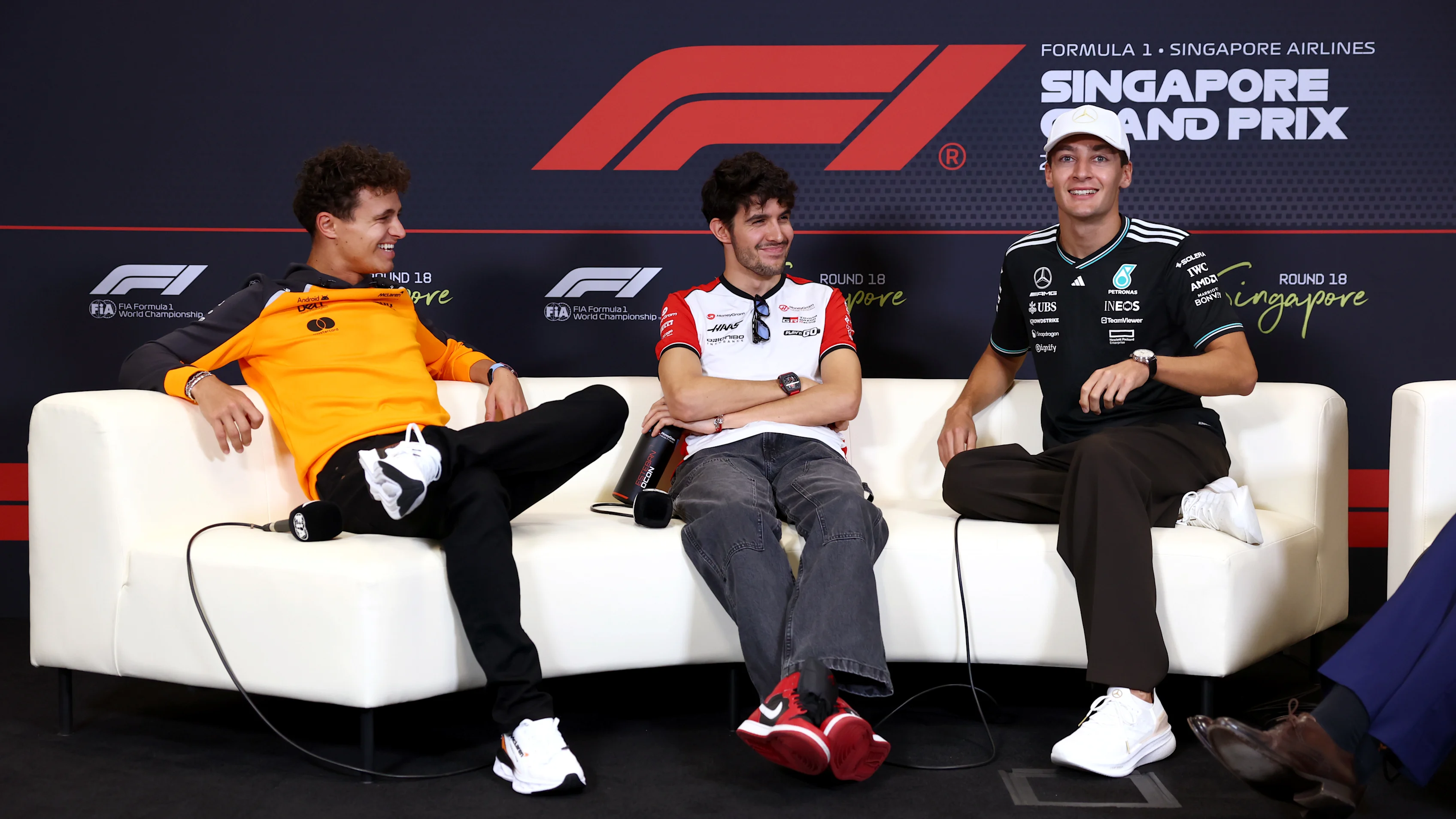
How do the drivers feel about it?
Mercedes’ George Russell, who is also a Director of the Grand Prix Drivers’ Association, has already trialled the system – including at the Bahrain Grand Prix, where air temperatures hit 30 Celsius and track temperatures approached 50 degrees.
“We’ve used the driver cooling vest a few times already this season at hot races, but obviously this is the first time where [the Driver Cooling System] has become mandatory, which is good news,” said Russell.
“When you’re racing in 90% humidity and the cockpit [temperatures] are getting on for 60 degrees, it’s a bit of a sauna inside the car, so I think we all welcome it.”
Attention now turns to Friday’s first practice session in Singapore, where all 20 drivers will get the opportunity to sample the system.

Next Up
Related Articles
.webp) AS IT HAPPENED: Build-up to the Singapore GP
AS IT HAPPENED: Build-up to the Singapore GP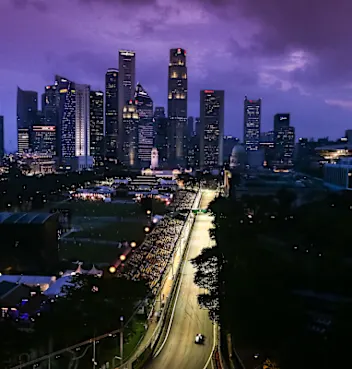 The ultimate fan guide to the Singapore Grand Prix
The ultimate fan guide to the Singapore Grand Prix Stella backs up comments on Verstappen’s title chances
Stella backs up comments on Verstappen’s title chances Weekend Warm-upWatch Weekend Warm-Up ahead of the Singapore GP
Weekend Warm-upWatch Weekend Warm-Up ahead of the Singapore GP Beyond The GridDerek Bell on his Ferrari F1 debut at Monza and five Le Mans wins
Beyond The GridDerek Bell on his Ferrari F1 debut at Monza and five Le Mans wins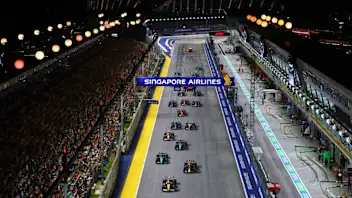 Quiz10 questions on the latest F1 news and Singapore GP history
Quiz10 questions on the latest F1 news and Singapore GP history
